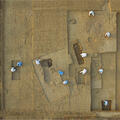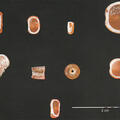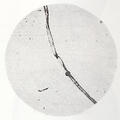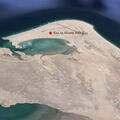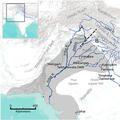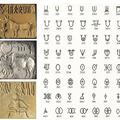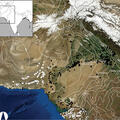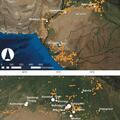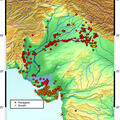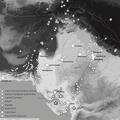Archaeological and anthropological studies on the Harappan cemetery of Rakhigarhi, India
A fascinating summary of the first data from the Rakigarhi cemetery that, in the words of the authors, while "insufficient to provide a complete understanding of Harappan Civilization cemeteries, nevertheless does present new and significant information on the mortuary practices and anthropological features at that time."

